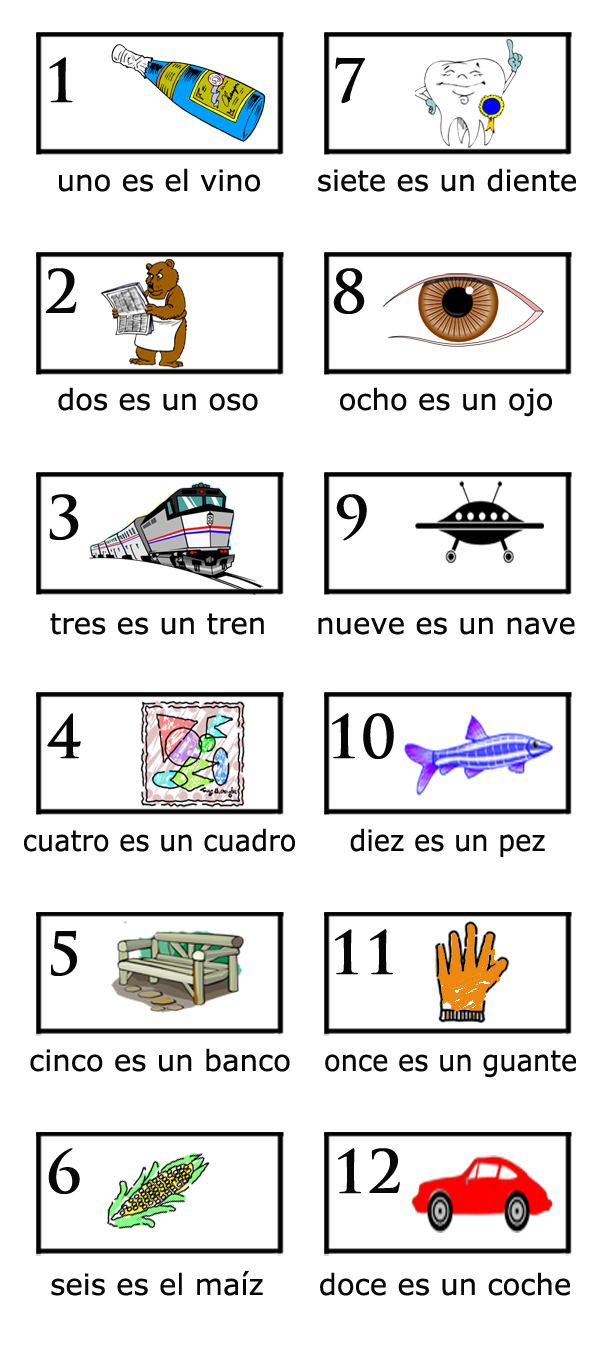Recently a “Framework for Success in Postsecondary Writing” came out in the U.S. This framework talked about the importance of inculcating certain “habits of mind” in students. One of these eight habits was metacognition, which they defined as the ability to reflect on one’s own thinking as well as on the individual and cultural processes used to structure knowledge.
- Strategies
Everyday Strategies
- Lifestyle & Aging
Lifestyle
- Sleep & Circadian Rhythm
- Problems
Forgetting
Absentmindedness
Cognitive Impairment
- How Memory Works
Types of memory
Individual Differences
How the brain works
